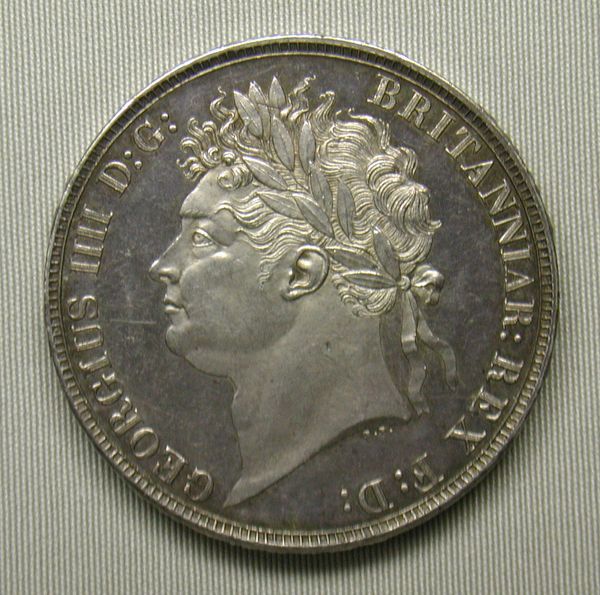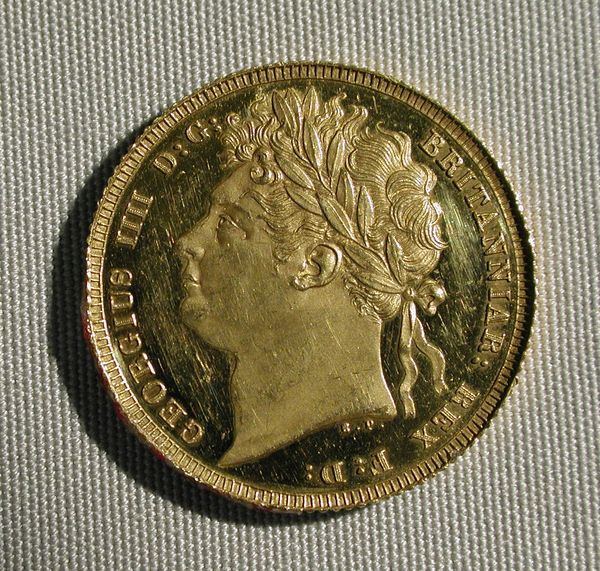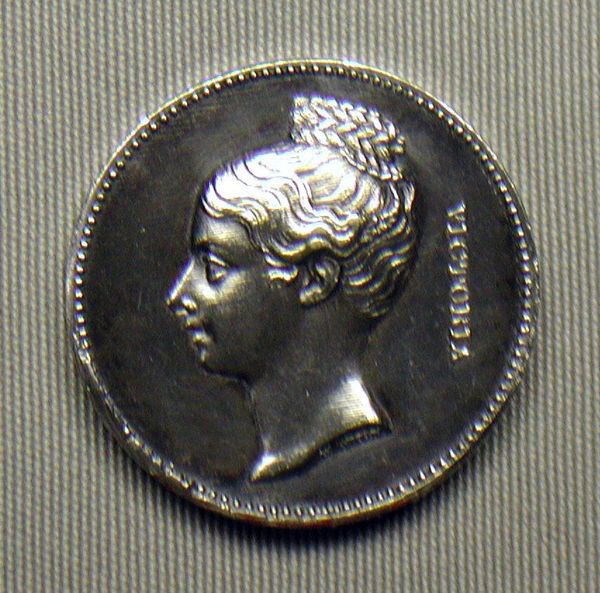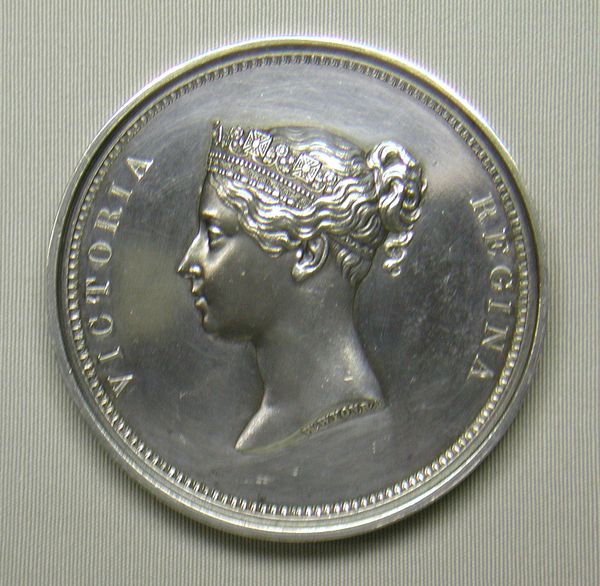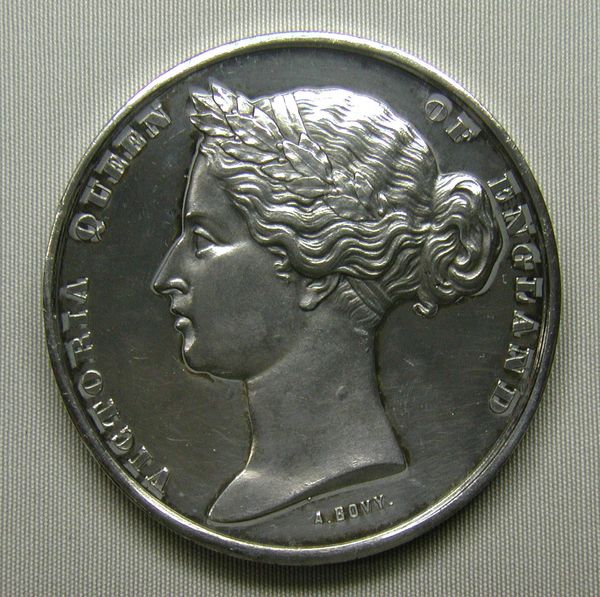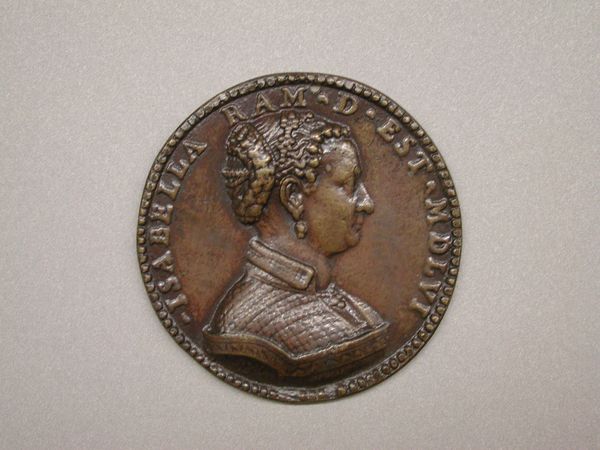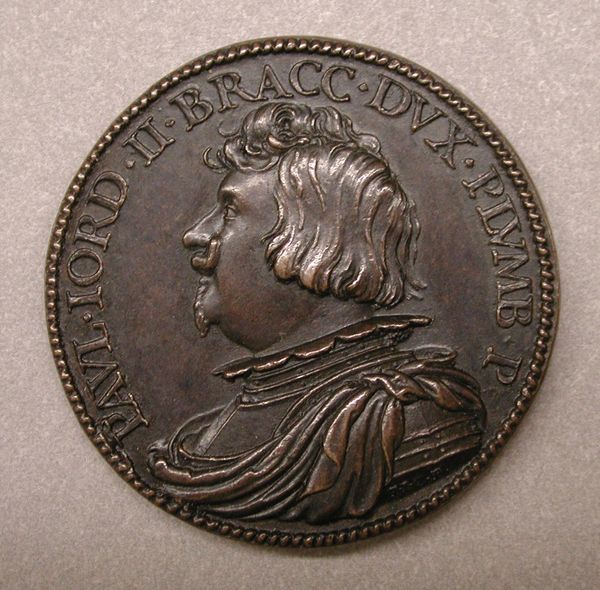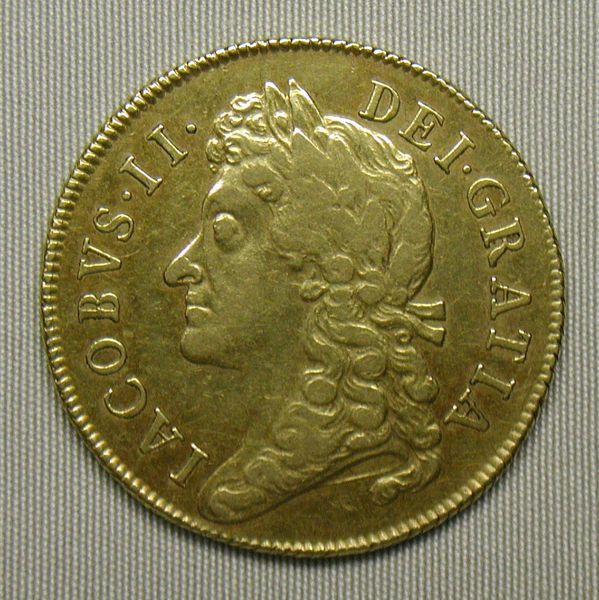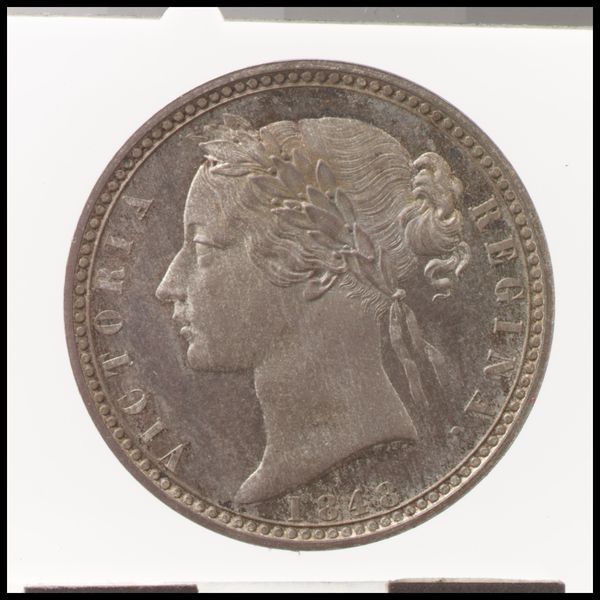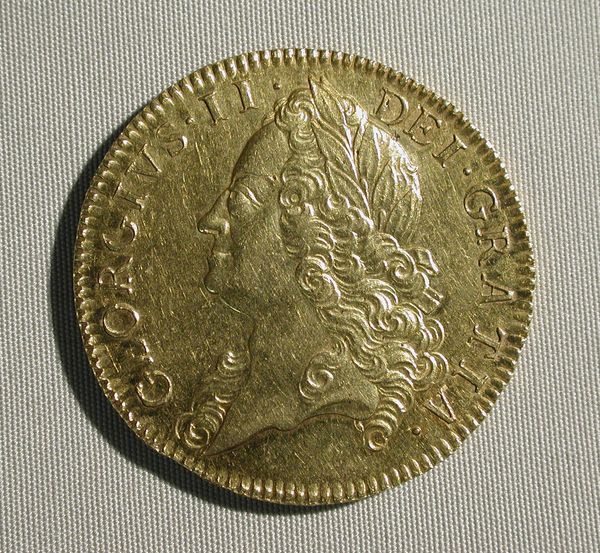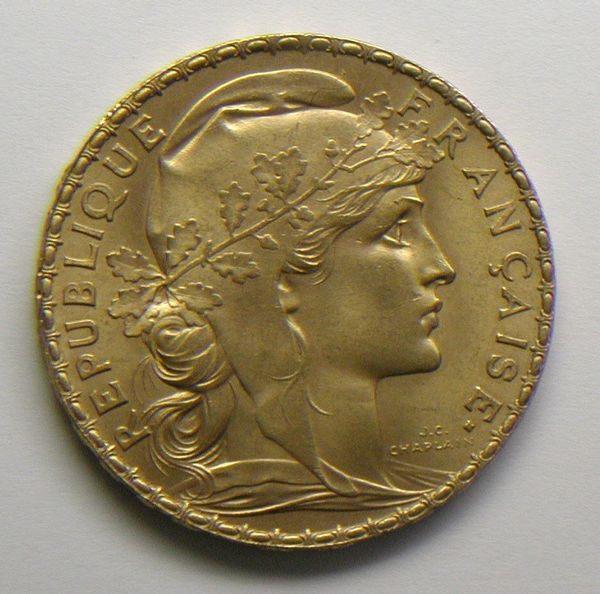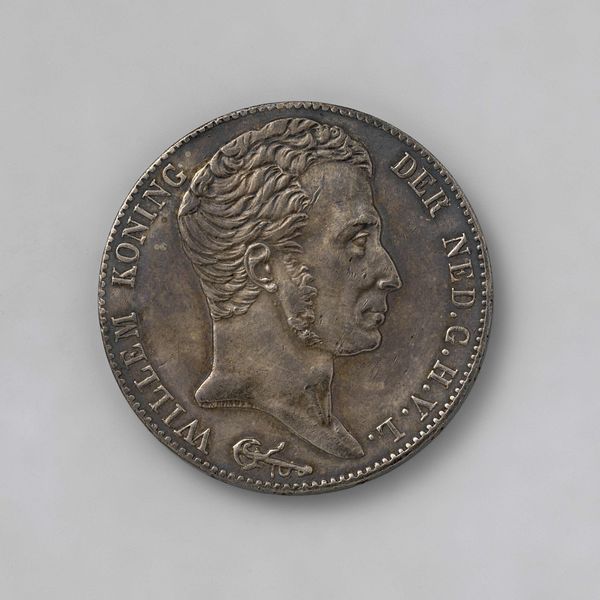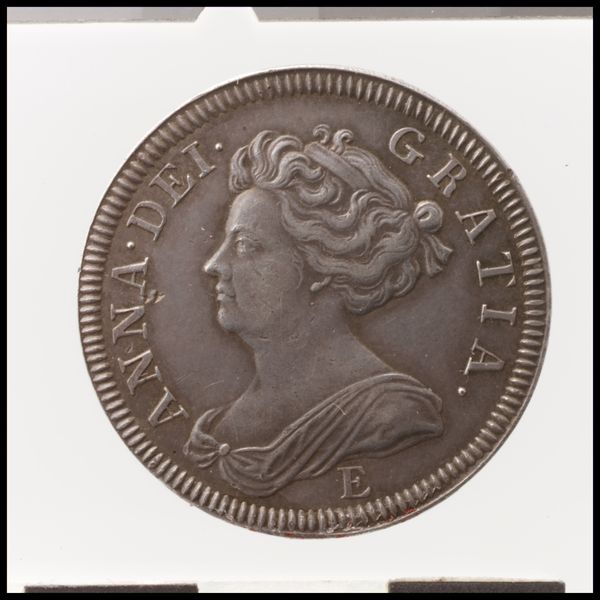
silver, metal, embossing, sculpture
#
portrait
#
silver
#
metal
#
11_renaissance
#
embossing
#
sculpture
#
embossed
#
decorative-art
#
profile
Dimensions: Diameter: 54 mm
Copyright: Public Domain
Curator: John Roettier crafted this silver piece depicting Mary of Modena in 1685. It currently resides at the Metropolitan Museum of Art. Its formal title is, quite simply, "Mary of Modena." Editor: It’s remarkably austere. The sharp, clean profile and silvery surface give it an almost ethereal coolness. It reminds me of a winter frost. Curator: Observe how Roettier masterfully employs embossing to achieve dimensionality on such a small scale. Note the subtle play of light and shadow defining her features, especially the delicate folds of her drapery. The overall structure of the coin itself directs our focus to the composition’s clean lines and symbolic details of her regal bearing. Editor: I'm curious about the labor involved. How many artisans handled this piece, and what were their working conditions? Silverwork like this demanded not only skill but considerable physical exertion from workshops bustling with noise, heat, and hazardous materials. And, naturally, who ultimately benefitted from it, and how was the queen implicated in these practices? Curator: Such socio-economic readings, while potentially relevant, might overshadow the artist’s compositional intentions. The profile portrait, the carefully chosen inscription...these are deliberately staged elements intended to project power and legitimacy. Note how the laurel wreath subtly alludes to classical ideals. Editor: But to divorce the object from its production is to miss the point. The choice of silver, its source, and the socio-political circumstances are integral. Material scarcity would contribute directly to the perception of her power and status. Even the coin’s eventual circulation facilitated the constant display of the monarchy. Curator: True, yet focusing on its form, we appreciate the craftsmanship involved. Editor: Absolutely, the artisanship should be celebrated and understood, within a complex frame of historical, social, and economic contexts. Curator: Indeed. Perhaps understanding the structural underpinnings, in tandem with historical insights, provides us with the fullest appreciation. Editor: Agreed. Let's appreciate its beauty with respect for the complex process of its making.
Comments
No comments
Be the first to comment and join the conversation on the ultimate creative platform.
